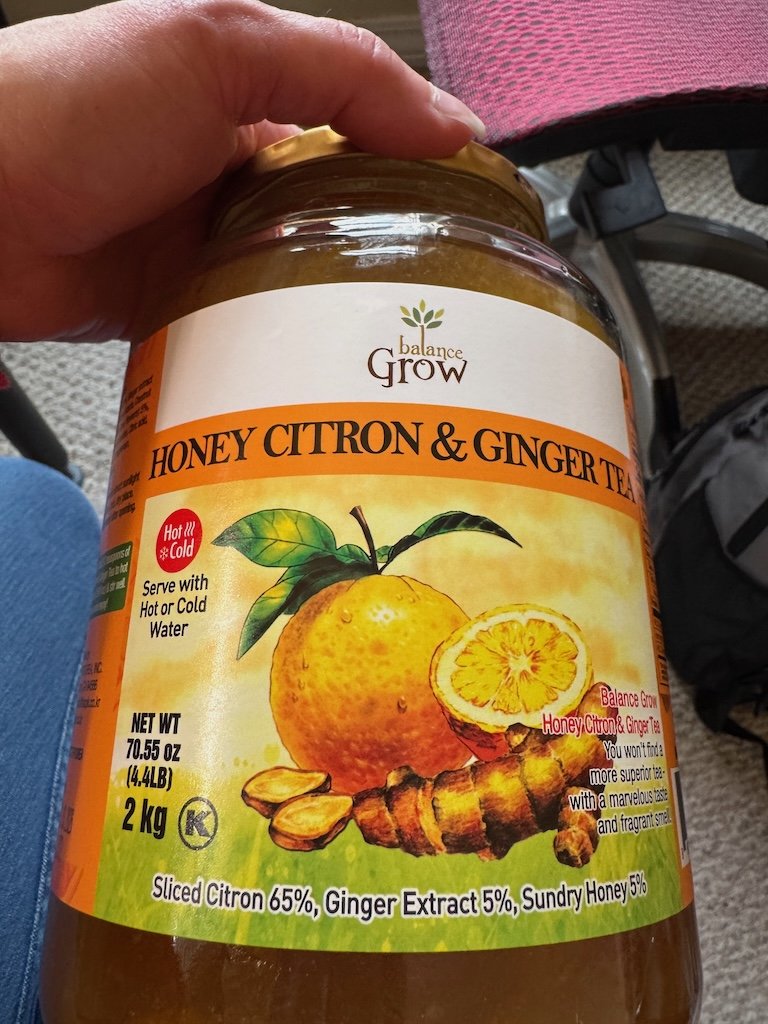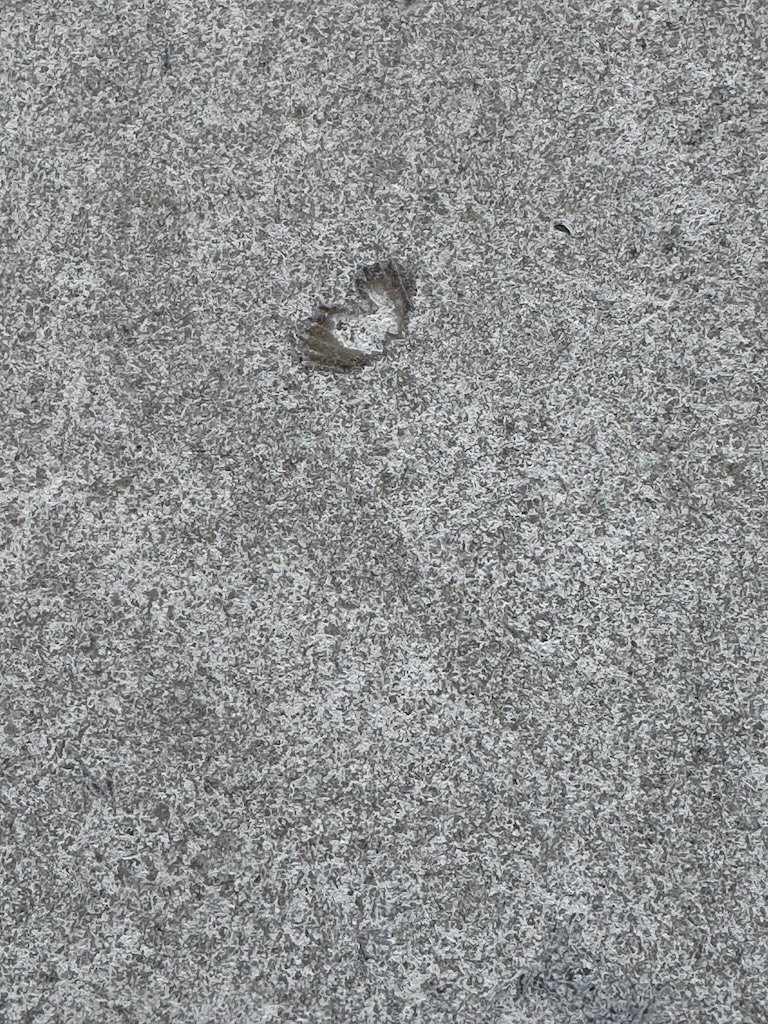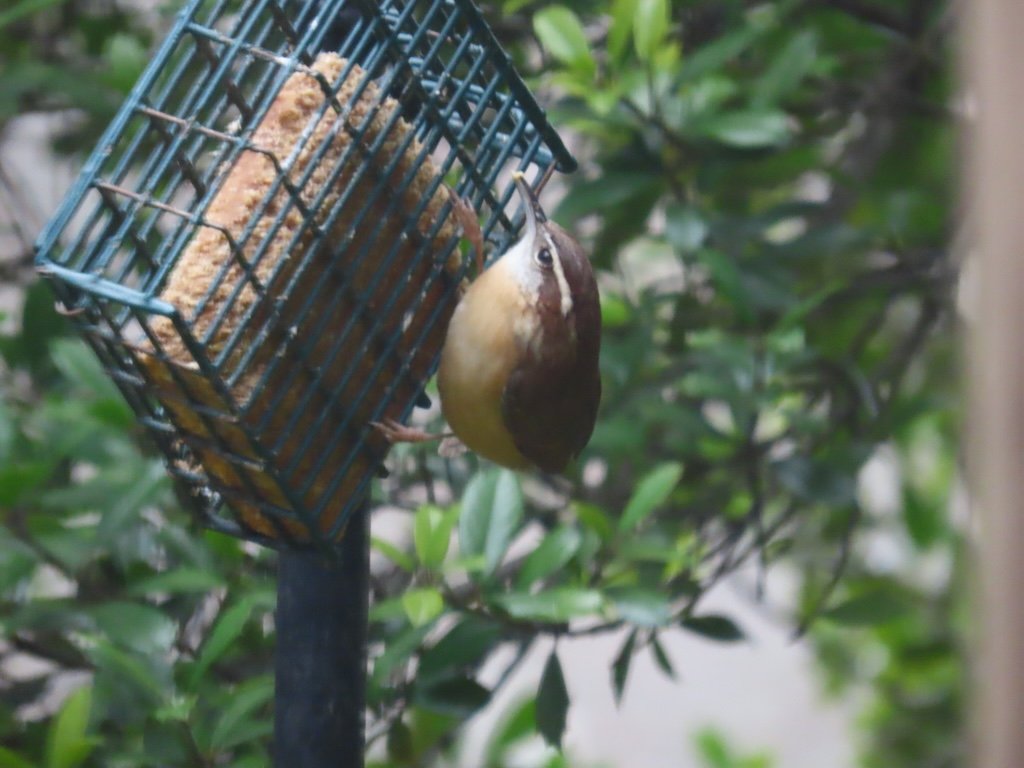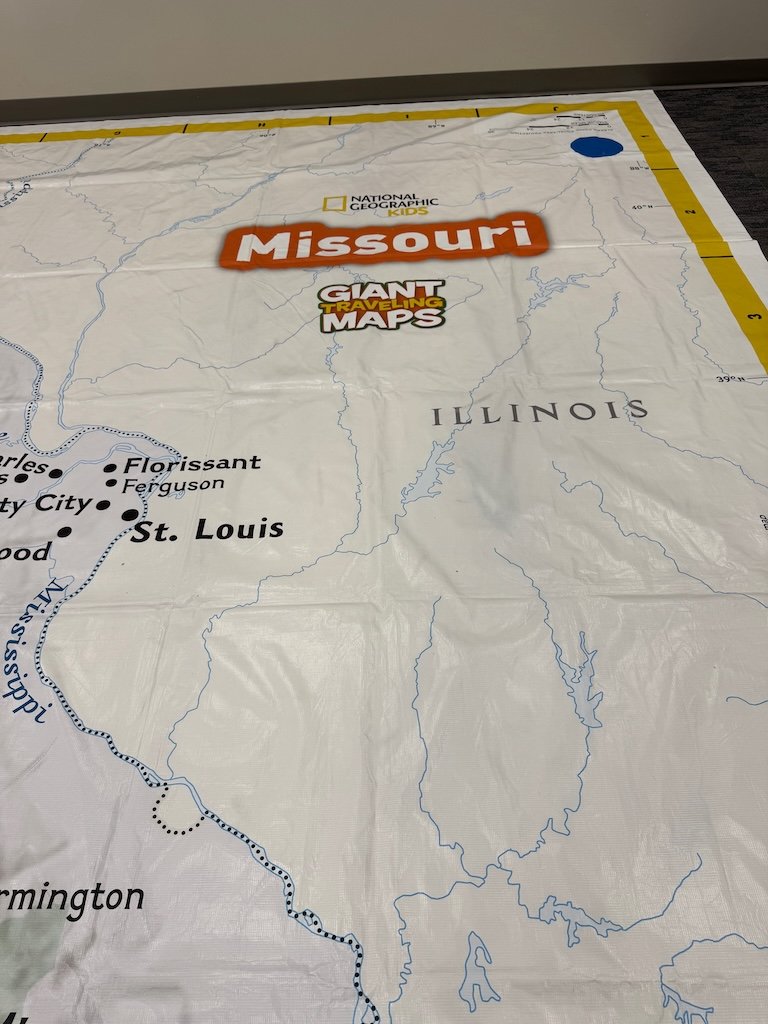Stress Reduction Strategies
/Late last summer, I started a lot of new activities and noticed that my stress level, as detected by my Garmin Lily, increased. My stress level and the quality of my sleep are related – when stress is high, sleep quality (and sometimes quantity) is low. At the time I thought I would acclimate, and my stress level would be reduced…but that didn’t happen.
I realize now that the new activities were not the only reason my stress level was high. My back was bothering me and the politics of the country were causing some anxiety as well. I asked my doctor for a referral for physical therapy to help with the back pain and started the PT sessions in December. They coincided with the holidays and a dramatic reduction of my new activities. By early January, I thought my stress level was trending downward along with the level of pain caused by my back.
It didn’t last. With the start of a new semester (geology class), an uptick in new volunteer activities, and the changes occurring at the Federal level….anxiety and stress spiked again and were even more volatile that before. Most of the time I was able to minimize my back issue (thanks to continuing the exercises I learned in physical therapy) so that was not usually a big component to my stress level. The strategies I am applying now (see below) seem to be helping…but I only have a few weeks of results so far. I suspect that I will be tweaking my stress reduction strategies for the foreseeable future!
No caffeine after 9 AM.
Limit TV news and news feeds. Be informed but not scrolling through news frequently.
Practice focusing thoughts on the present.
Continue physical therapy exercises focused on reducing back pain + at least 8,000 steps per day. Swopper chair (bounces) when sitting at my computer.
Move every hour….i.e. take a break from sitting. Use the time for a household chore.
Get some outdoor time every day.
2 hours before bedtime: no screens. Read physical book and create Zentangle tiles. Do relaxing stretches.
Electrolyte drink 3 hours before bedtime.























































































































































